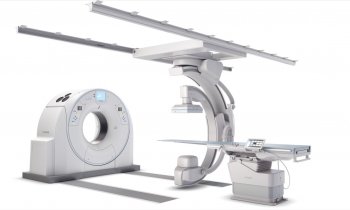Mechanical thrombectomy improves outcomes in acute ischemic stroke
Stroke resulting from rupture or interruption of blood flow in brain vessels can lead to devastating consequences for patients, their families and society. Steady progress has been achieved in the last 20 years in stroke treatment through better prevention, establishment of stroke care units and the use of clot-busting drugs (intravenous thrombolysis).

Last week, new scientific evidence from four major stroke studies was presented at the International Stroke Conference in Nashville, USA. It proved that rapid mechanical thrombectomy (clot retrieval) improves patient function after acute ischemic stroke. To achieve this benefit, patients were treated by interventional neuroradiologists in stroke centers with multidisciplinary stroke teams. This treatment should be performed as rapidly as possible in conjunction with standard intravenous thrombolysis.
ESO, ESMINT and ESNR acknowledge this significant progress in acute stroke treatment and strongly support its application in appropriately selected patients in well equipped stroke centers by properly trained neurointerventionists. Further randomized trials of thrombectomy and more detailed analysis of the current trials will help to optimize patient selection and treatment algorithms.
Detailed guidelines on mechanical thrombectomy are currently being prepared by the key European societies involved in acute stroke care. Before these detailed guidelines become available, ESO, ESMINT and ESNR have jointly updated and support the consensus statement on thrombectomy by the ESO-Karolinska Stroke Update (see http://2014.strokeupdate.org/consensus-statement-mechanical-thrombectomy-acute-ischemic-stroke).
20.02.2015








